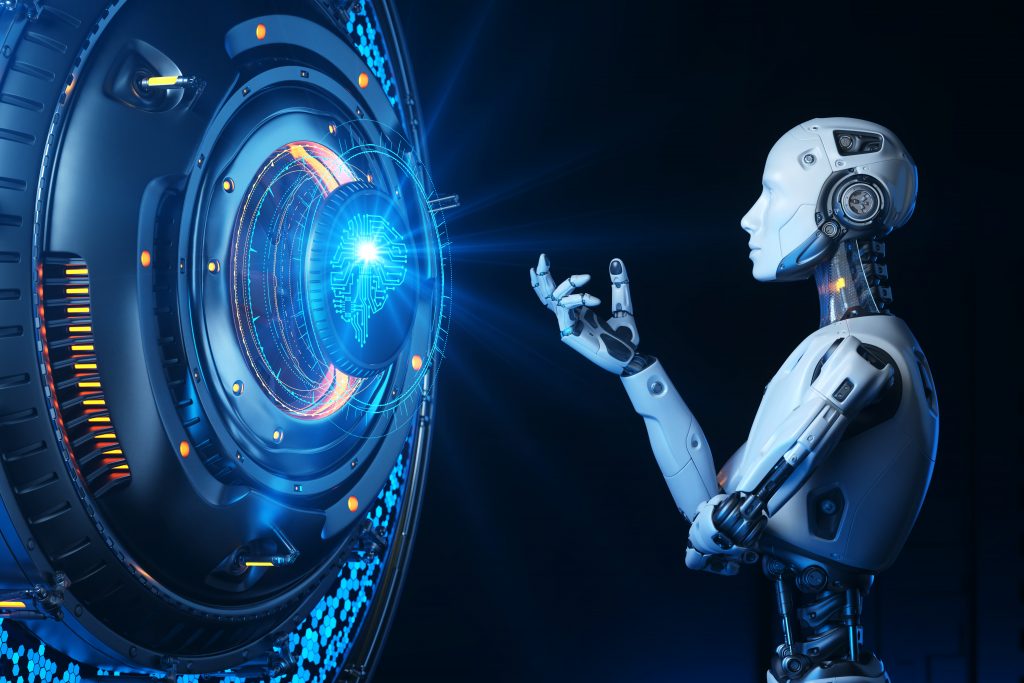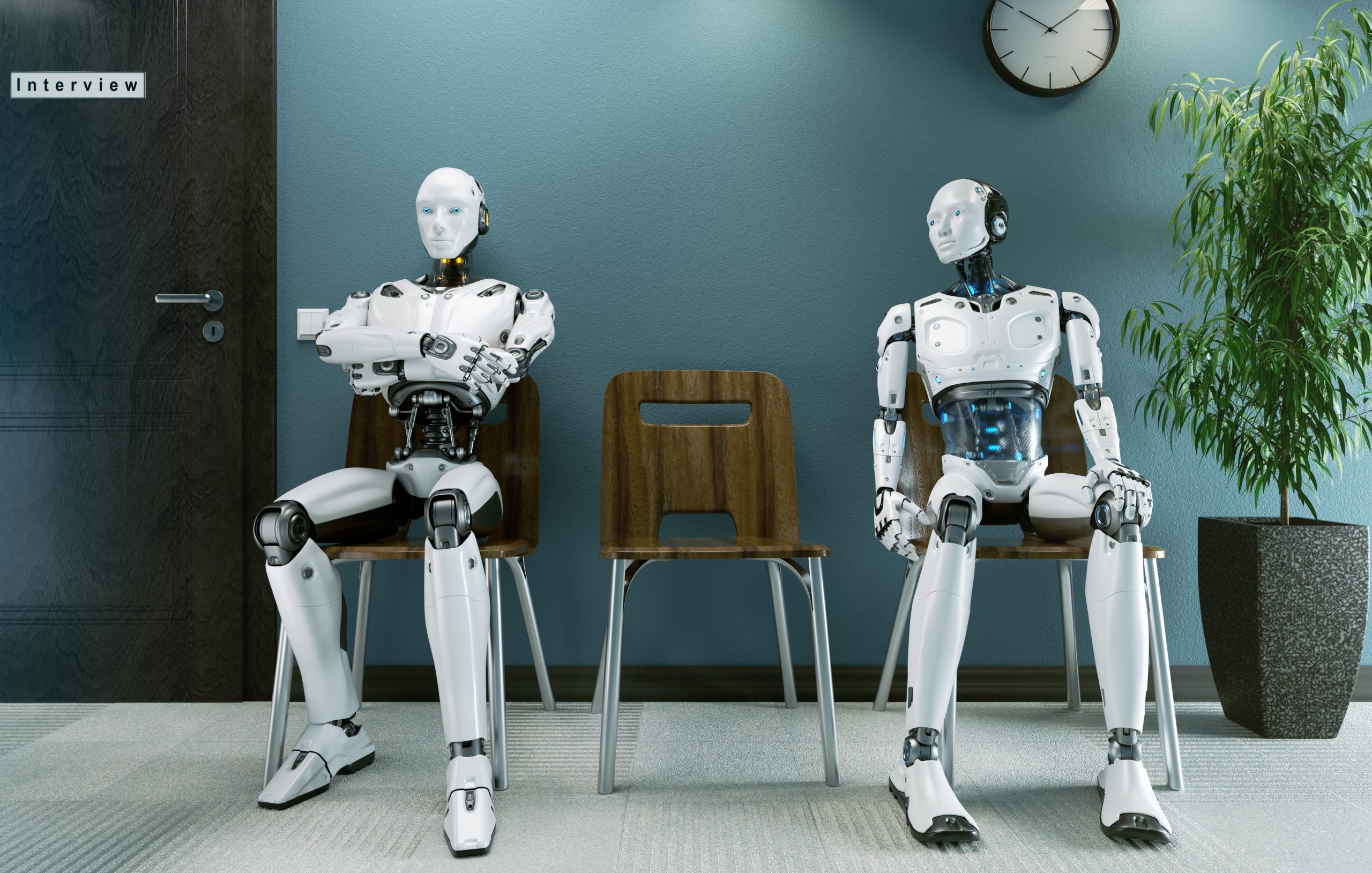In the rapidly evolving field of robotics, technological breakthroughs are reshaping industries and transforming daily life. From autonomous vehicles navigating city streets to humanoid robots assisting in homes and workplaces, the impact of robotics is profound and far-reaching. Let’s delve into the fascinating advancements and their implications.
Autonomous Vehicles: Redefining Transportation
Autonomous vehicles, once a futuristic concept, are now becoming a reality on our roads. Companies like Tesla, Waymo, and Uber are pioneering self-driving technology, promising safer and more efficient transportation systems. These vehicles use a combination of sensors, cameras, and artificial intelligence to perceive their environment and make real-time decisions.
The impact of autonomous vehicles extends beyond convenience. They have the potential to reduce traffic congestion, lower accident rates, and provide mobility solutions for the elderly and disabled. Industries reliant on transportation, such as logistics and delivery services, are poised to undergo significant transformations as autonomous vehicles become more widespread.
Industrial Robotics: Enhancing Efficiency and Precision
In manufacturing and industrial settings, robots have long been essential for repetitive tasks requiring precision and speed. Today, advancements in robotics are enabling collaborative robots (cobots) that work alongside humans safely. These robots can handle intricate assembly processes, perform quality inspections, and even assist in hazardous environments.
The integration of robotics in industries promises increased productivity, reduced operational costs, and improved workplace safety. Small and medium-sized enterprises (SMEs) are increasingly adopting robotics to stay competitive in a globalized market where efficiency and quality are paramount.

Humanoid Robots: Bridging Science Fiction and Reality
Humanoid robots, designed to resemble humans in appearance and behavior, are pushing the boundaries of robotics research. Companies and research institutions are developing robots like Boston Dynamics’ Atlas and SoftBank’s Pepper, capable of performing complex tasks ranging from household chores to customer service in retail environments.
While still primarily in research and development phases, humanoid robots have the potential to assist in elder care, education, and entertainment sectors. Their ability to interact socially and adapt to human environments opens up new possibilities for human-robot collaboration.
Impact on Daily Life and Society, Looking Ahead
The proliferation of robotics is not limited to industrial or commercial domains; it is increasingly influencing daily life. Smart homes are incorporating robotic assistants that manage household tasks like cleaning and maintenance. In healthcare, robots are assisting surgeons in delicate procedures and providing companionship to patients in hospitals and nursing homes.
However, alongside these advancements come ethical considerations, such as job displacement due to automation and privacy concerns related to data collected by robots. Addressing these challenges requires thoughtful regulation, investment in retraining the workforce, and ensuring that robotics technology benefits society as a whole.
As robotics technology continues to advance, the future promises even more transformative innovations. From exoskeletons that enhance human strength to robots exploring space and underwater environments, the possibilities are vast.
Robotics is not just about machines; it’s about enhancing human capabilities, improving efficiency, and creating new opportunities across industries. Embracing these advancements with careful consideration of their societal impacts will be crucial as we navigate a future where robots increasingly coexist with humans in everyday life.














